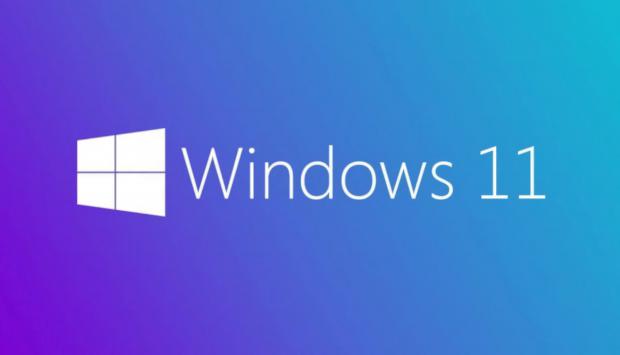
Breaking News
 Quantum walkie-talkie: China tests world's first GPS-free radio for border zones
Quantum walkie-talkie: China tests world's first GPS-free radio for border zones
 RIGHT NOW!: Why was lawyer Van Kessel, of the civil case on the merits in the Netherlands, arrested?
RIGHT NOW!: Why was lawyer Van Kessel, of the civil case on the merits in the Netherlands, arrested?
 PENSION FUNDS PANIC BUYING SILVER – Ratio Below 60 Triggers $50B Wave (Danger Next Week)
PENSION FUNDS PANIC BUYING SILVER – Ratio Below 60 Triggers $50B Wave (Danger Next Week)
 Dollar set for worst year since 2017, yen still in focus
Dollar set for worst year since 2017, yen still in focus
Top Tech News
 EngineAI T800: Born to Disrupt! #EngineAI #robotics #newtechnology #newproduct
EngineAI T800: Born to Disrupt! #EngineAI #robotics #newtechnology #newproduct
 This Silicon Anode Breakthrough Could Mark A Turning Point For EV Batteries [Update]
This Silicon Anode Breakthrough Could Mark A Turning Point For EV Batteries [Update]
 Travel gadget promises to dry and iron your clothes – totally hands-free
Travel gadget promises to dry and iron your clothes – totally hands-free
 Perfect Aircrete, Kitchen Ingredients.
Perfect Aircrete, Kitchen Ingredients.
 Futuristic pixel-raising display lets you feel what's onscreen
Futuristic pixel-raising display lets you feel what's onscreen
 Cutting-Edge Facility Generates Pure Water and Hydrogen Fuel from Seawater for Mere Pennies
Cutting-Edge Facility Generates Pure Water and Hydrogen Fuel from Seawater for Mere Pennies
 This tiny dev board is packed with features for ambitious makers
This tiny dev board is packed with features for ambitious makers
 Scientists Discover Gel to Regrow Tooth Enamel
Scientists Discover Gel to Regrow Tooth Enamel
 Vitamin C and Dandelion Root Killing Cancer Cells -- as Former CDC Director Calls for COVID-19...
Vitamin C and Dandelion Root Killing Cancer Cells -- as Former CDC Director Calls for COVID-19...
 Galactic Brain: US firm plans space-based data centers, power grid to challenge China
Galactic Brain: US firm plans space-based data centers, power grid to challenge China
Microsoft Officially Announces Windows 11

Microsoft has officially unveiled its new operating system, Windows 11. The next version of Microsoft's flagship operating system was finally revealed at Microsoft's "What's next for Windows" event, which the company has been teasing for weeks.
Now, the moment has finally arrived, and we know what Windows 11 is, how much Windows 11 will cost, and most importantly, when Windows 11 will launch.
What Is Windows 11?
Windows 11 is the latest version of Microsoft's operating system, taking over from Windows 10. Even though Microsoft made a song and a dance about Windows 10 being the last version of Windows ever and that everything after this would just be versions of Windows 10 with major updates, here we are: Windows 11.
Microsoft has been teasing a major reveal for weeks, with tweets, videos, and other social media posts referencing the number 11.
Microsoft is focusing on performance with Windows 11, especially in key areas. For example, one of the most interesting things that came out of the "What's next for Windows" event was that in Windows 11, Windows Updates are around 40 percent smaller than in Windows 10—that's a big change.
Furthermore, those updates will now take place predominantly in the background while the user works, consuming fewer resources and, in turn, making sure that each Windows Update doesn't require a period of downtime.
Although Windows Update has become much better towards the end of Windows 10 lifespan, it still catches everyone out from time to time.



